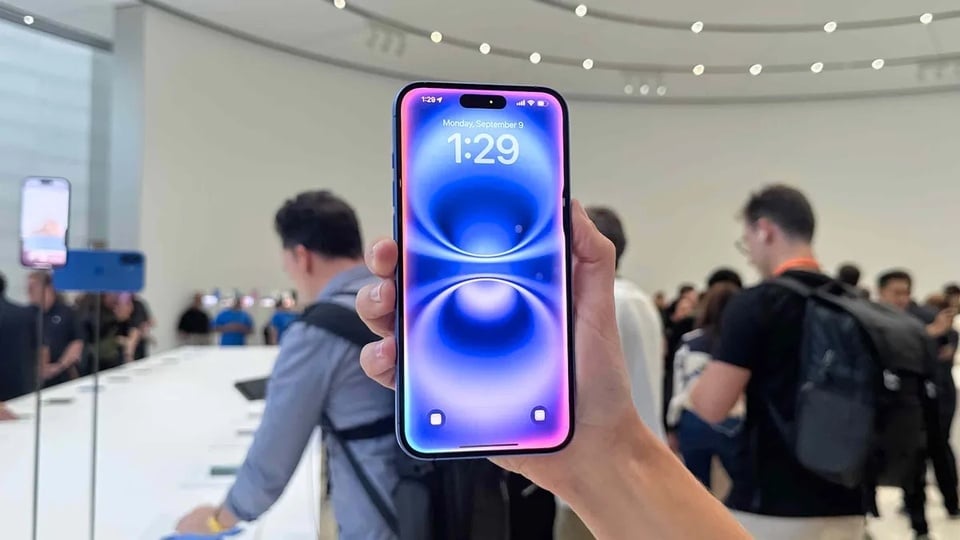 |
The new iPhone line will continue to improve processing performance. Photo: Future . |
Using Geekbench data, PC Watch compared iPhone chip performance over time and found that the current iPhone CPU is 384.9 times more powerful than when the first model was launched in 2007.
The power of the chip inside the iPhone is estimated to increase by about 40% every year. Based on that trajectory, the iPhone 17 Pro, expected to launch in late 2025, could push the multiple past the 500x mark.
The first iPhone, announced by Steve Jobs in 2007, was powered by a Samsung ARM11-based SoC. The chip was rated at 620 MHz but actually ran at 412 MHz. The iPhone 3GS, released two years later, used the Cortex-A8 CPU, marking the beginning of a more performance-focused chip design.
In 2013, Apple launched the iPhone 5s, the first smartphone to feature the 64-bit Apple A7 (Cyclone) processor. This move put Apple at the forefront of the mobile industry at the time.
Apple’s design philosophy has long focused on balancing power with performance. While Android chipmakers use 8 and 10 CPU cores, Apple has stuck with a 6-core design since 2017, consisting of 2 high-performance cores and 4 power-efficient cores. Despite this, Apple consistently ranks at or near the top in both single-threaded and multi-core performance.
The 2024 iPhone 16 and iPhone 16 Pro continue that trend. The standard line uses the A17 Bionic chip, built on a 3nm process, scoring over 8,100 points on PC Watch 's Geekbench 6 test.
Meanwhile, the Pro version uses the A18 Bionic chip, which scores over 8,500 and has a clock speed of over 4 GHz. For comparison, the iPhone 13 Pro Max launched in 2021 scored around 5,700 on the same test, which is an improvement of about 50% after 3 years.
Source: https://znews.vn/iphone-17-pro-manh-co-nao-post1572146.html























![[Photo] National Assembly Chairman attends the seminar "Building and operating an international financial center and recommendations for Vietnam"](https://vphoto.vietnam.vn/thumb/1200x675/vietnam/resource/IMAGE/2025/7/28/76393436936e457db31ec84433289f72)













































































Comment (0)